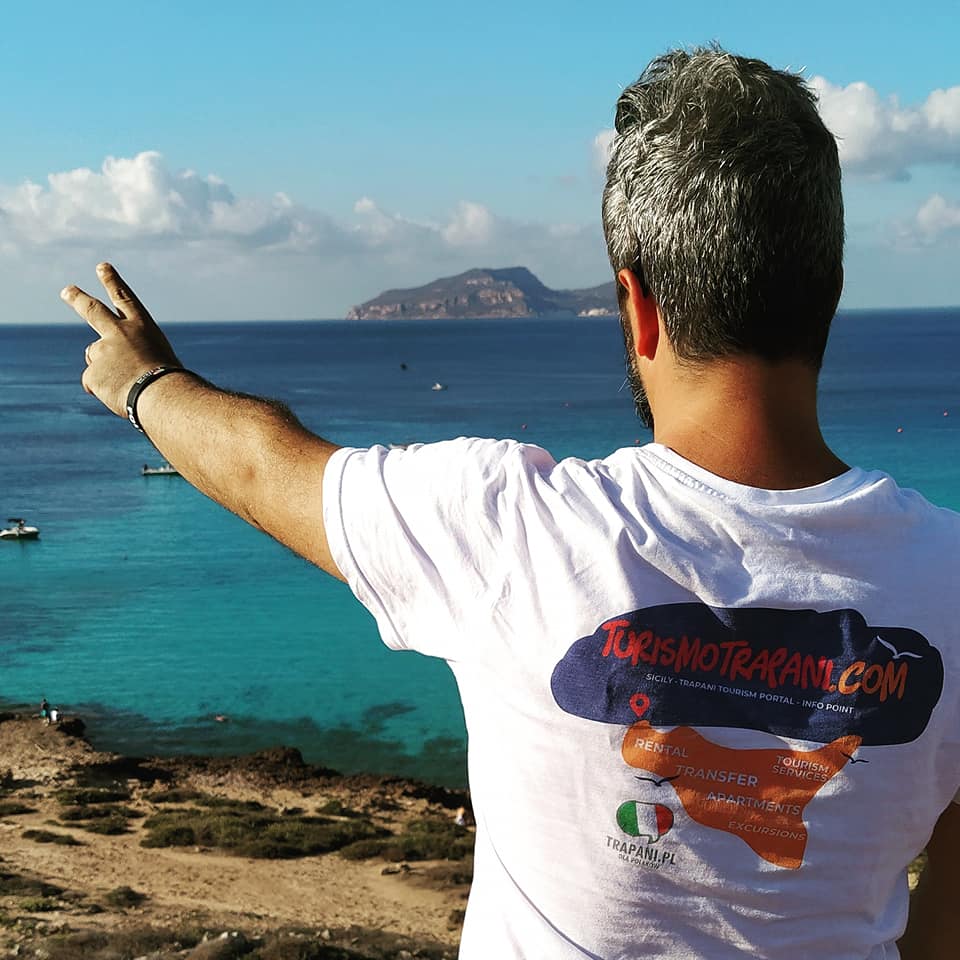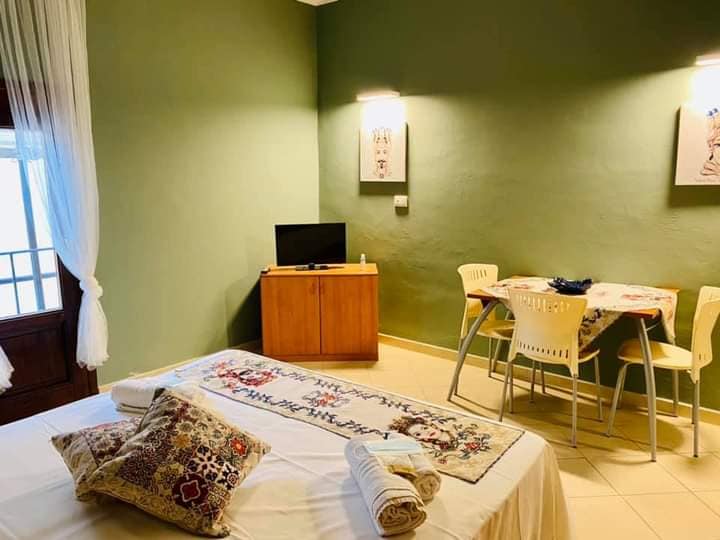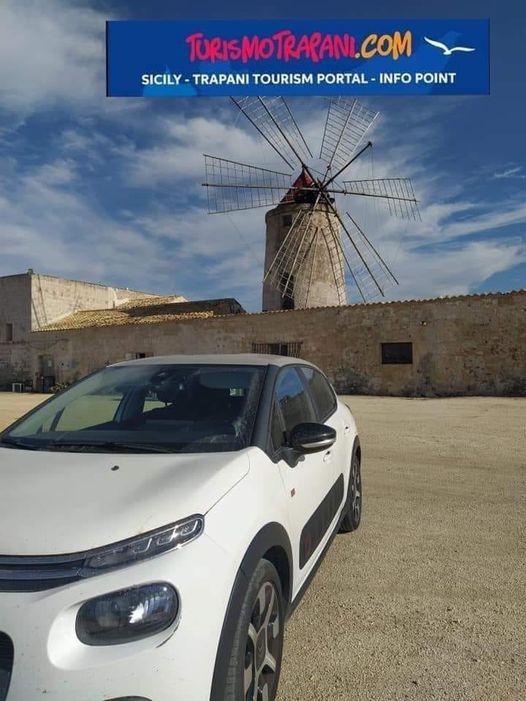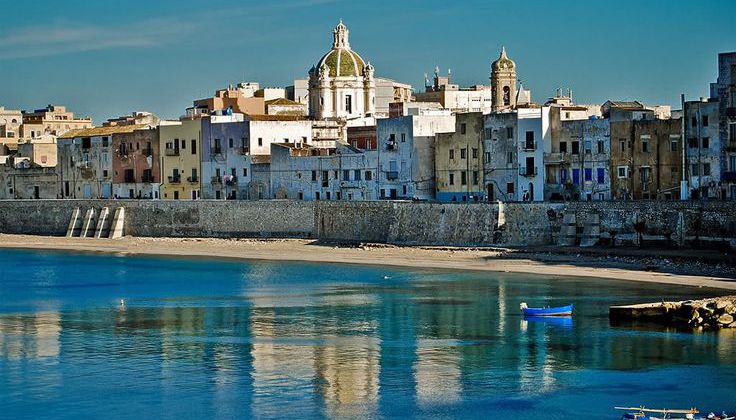TOP 10 TO SEE IN TRAPANI
TOP 10 TO SEE IN TRAPANI
1) Historic Center of Trapani – The Historic Center of Trapani fully reflects the being of the whole of Sicily, a land of conquests and different cultures. A set of historical eras that best characterize every corner of the city. Palaces and churches that tell of Trapani and its past.
Renovated a few years ago, the historic center offers the possibility of enjoying pleasant walks in the main streets such as Via Garibaldi, Via Torrearsa and Corso Vittorio Emanuele where the Cathedral of San Lorenzo stands. A few meters away, in via San Francesco D’Assisi, we find the Church of Purgatory, famous for hosting the Mysteries, precious sculptural groups that represent the death and passion of Jesus Christ. The Procession, one of the longest in Italy, takes place on Good Friday and involves the entire city.
The Mura di Tramontana or the old city walls, on the northern side of Trapani, offer visitors a very suggestive panorama just a few steps from the sea.
2) Erice – A “must” is Erice, one of the most beautiful villages in Italy. Located on Mount Erice it offers unforgettable views from its “Balio” garden which surrounds the Castello di Venere. Worthy of note is the Erice Cathedral and the Ettore Majorana international study center (seismological centre).
3) Monte Cofano Reserve – Monte Cofano, with its unmistakable shape, will be your guide to reach it. For those who love trekking or mountain biking, a comfortable path allows you to circumnavigate the coast. For the more daring and with good athletic skills, the climb to the summit is proposed. At the top you can admire a breathtaking 360° panorama. Truly a unique experience. Rare place, in the same place sea (sand and rock), nature with Mediterranean scrub and mountains. The Reserve with the Bay of Cornino belongs to the municipality of Custonaci. Famous for its marble. The Sanctuary of Maria SS of Custonaci is of remark.
4) Zingaro Nature Reserve – A true paradise on earth. 1600 hectares of vegetation, trails to cross the reserve from tip to tip. Wonderful coves with crystal clear water. Diving in to swim among the fish, not at all intimidated by your presence. Cala dell’Uzzo is a true wonder and Lake Di Venus is a real gem. Our catamaran or boat excursion is famous. With a duration of 4 hours, you cross the entire Zingaro Reserve in company and stop for a swim and snorkeling stop. The Reserve delights visitors so it must be a must during your visit to the Trapani area.
5) Egadi Islands – Favignana, Levanzo and Marettimo are reflected in Trapani. The three islands have acquired a certain tourist notoriety in recent years and are increasingly prey to visitors from all over Europe. Favignana with Cala Rossa (the most beautiful coast in Italy, Cala Azzurra, the Bue Marino. Being a flat island it is the most sought after, a real inhabited center. Lido Burrone a large beach that attracts many families with children. Levanzo instead it is a quiet island, ideal for total relaxation immersed in nature. Worth noting is Cala Minnula and the Grotta del Genovese one of the most important archaeological sites in Italy, with its engravings and rock paintings dating back to the Upper Paleolithic (9680 BC) ..
Marettimo is the furthest from the Trapani coast. Marettimo is fascinating and is a rocky island. Worthy of note are the various caves, reachable only from the sea (boat tours of the island are famous); karst phenomena; the seabed, some of which are part of the Egadi nature reserve. The highest point on the island is Monte Falcone (686 m). The island is crossed by various paths ideal for trekking.
6) San Vito Lo Capo – Famous seaside resort which in 2012, in a survey carried out by Tripadvisor, was defined as the most beautiful beach in Italy. With three kilometers of golden beach, San Vito Lo Capo extends from the Gulf of Macari to the western part of the Zingaro Reserve. A typical summer seaside resort, San Vito Lo Capo often offers events of great importance such as the Cous Cous Festival and the Kite Festival.
7) Saline and Mothia – Trapani was famous for the processing and production of salt, once a state monopoly and a very valuable commodity. Nowadays production has dropped significantly but the salt pans of Trapani and Paceco are a protected area managed by WWF ITALY. The Saline extends in the southern part of Trapani and in the Stagnone of Marsala. Breathtaking sunsets, reflections of the sun on the pools make the places evocative and unforgettable. Ideal places for some species of birds such as pink flamingos, black-winged stilts, mallards and many other species that attract photographers from all over Europe.
The Stagnone in ancient times, particularly in the Phoenician era, was a strategically important place due to the presence of Motya, an influential and secure Phoenician commercial center for trade between East and West. Mozia is located on the island of San Pantaleo and is one of the richest archaeological areas in the Trapani area. The island allows pleasant walks and a visit to the Whitaker archaeological museum.
8) Segesta – Segesta, a small archaeological site, where you can admire an imposing Doric style temple, still standing as it was left (incomplete). On Monte Barbaro the ruins of the city can be visited, while on the hill it is possible to reach (also by means of a shuttle bus) a theatre, partly dug into the hill, from which it is possible to admire a stupendous panorama.
9) Selinunte – The largest archaeological park in Europe, Selinunte was a Greek city, now the ruins of the city are on the territory of Castelvetrano. The city was near the sea, between two rivers and located on two hills. In the archaeological site, on the acropolis there are some temples together with other secondary constructions, while other temples are located on a nearby hill. Worthy of note are the seaside resorts adjacent to Salinunte, Marinella and Triscina.
10) Scopello – Immediately after the Zingaro Reserve we find Scopello, a fraction of Castellammare del Golfo. Scopello overlooks the sea and probably takes its name from its stacks (scopelos in Greek). Point of interest is the tuna fishery, one of the most important and ancient traps in Sicily. The ancient baglio is lovely and in Scopello you will also find a beautiful pebble beach, Guidaloca, 400 meters long in the shape of an arch. A cylindrical tower dating back to the 16th century stands guard over this stretch of coast.
Angelo Carollo





